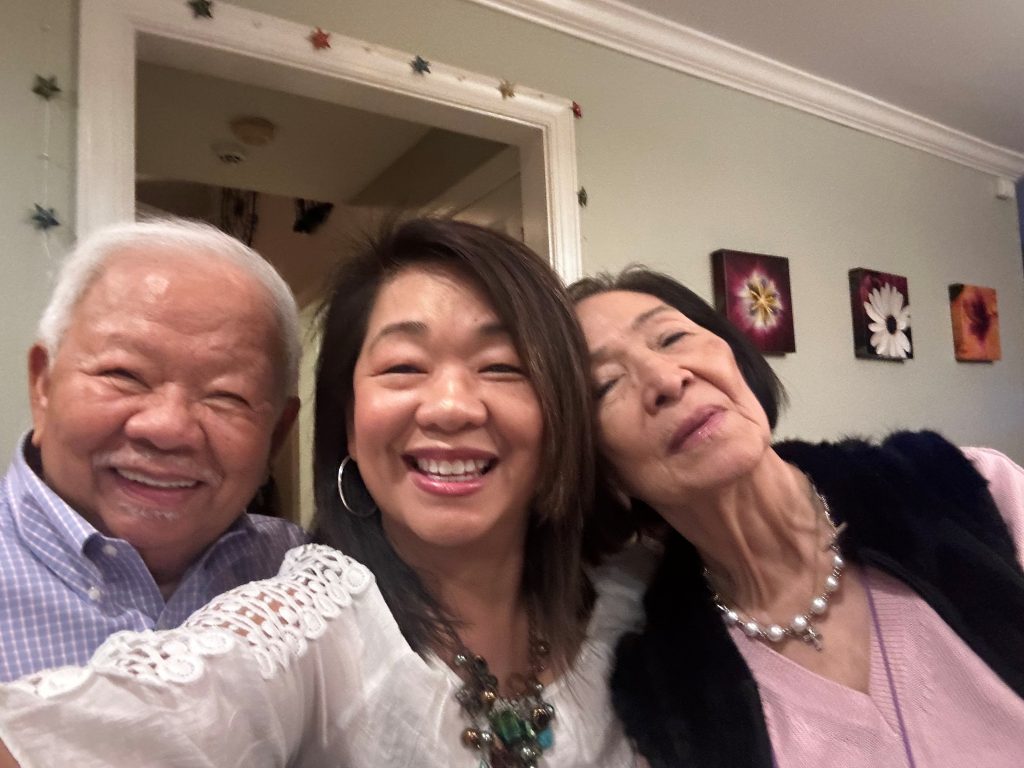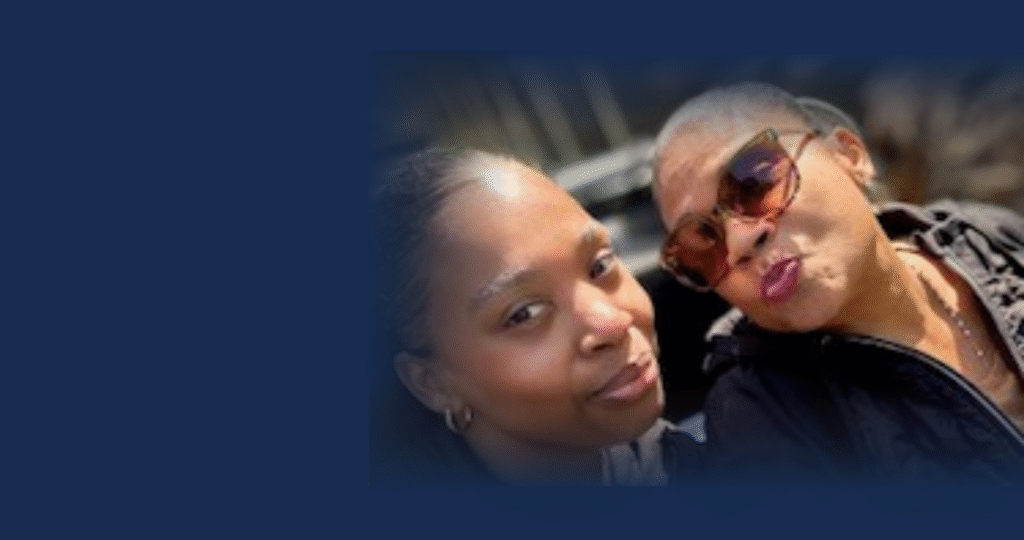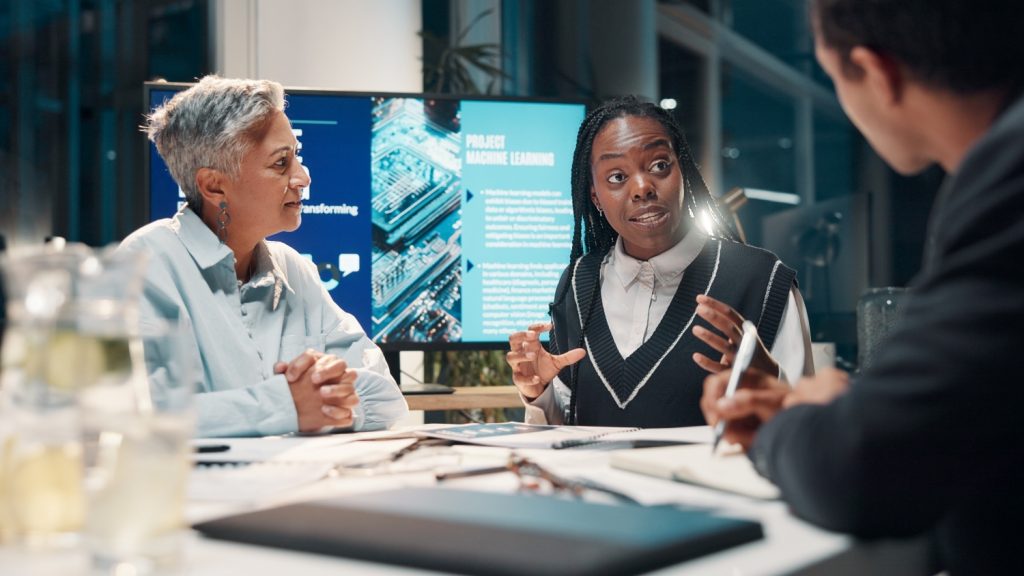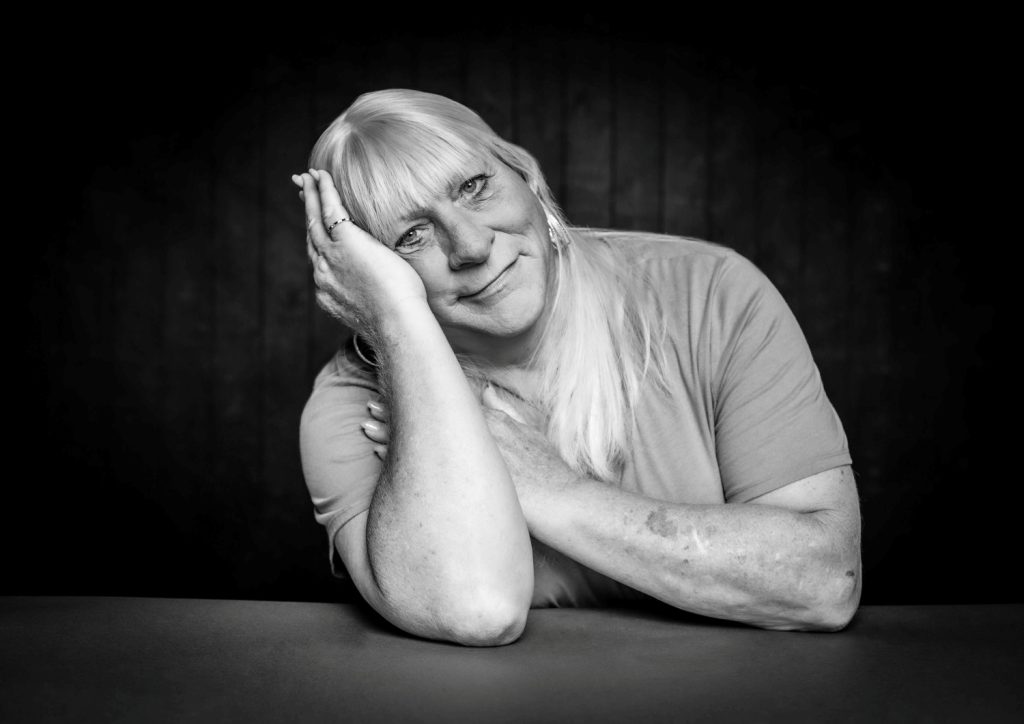Abstract:
Indigenous peoples’ diversity and intricate knowledge systems rooted in place-based ecologies have the potential to dismantle institutional barriers and structural disparities, finding relevant ways to reinforce climate justice in their communities. Climate vulnerabilities of some Indigenous communities are being offset by the strength of elder’s knowledge, input, and decision-making into valuable adaptation and mitigation strategies. The wisdom of Indigenous elders provides a unique cultural perspective to the changing climate, which may better help characterize the effects of environmental shifts for a more relatable approach to communicating long-term impacts and initiating action.
Key Words:
Indigenous people, generation, tribe, Indigenous Science, energy, health, environment, climate adaptation, climate mitigation, climate justice, climate change
The December winter solstice, for many cultures, marks a special time. My indigenous community in north central Washington State, like others, holds a solstice ceremony, marking the relationship between the Earth and the sun as the longest day of the year. Around the world, there are countless variations of the solstice ceremony, but the one I am most familiar with includes a large community gathering of prayers (spoken and sung), drums and bells, dance, and a meal highlighting traditional indigenous cuisine and other, more common foodstuffs. The day-long ceremony lasts several hours. Leftovers from the communal meal are sent home with all participants.
Another type of ceremony tied to my indigenous heritage occurs during the months of January and February, when the cusp of spring is on the distant horizon. Depending upon affiliation and custom, these ceremonies may be known by different names, and include varied elements. Immediate and extended families gather for several nights in a row, eating a meal together, then join in prayer (again, spoken and sung). Time and rhythm are kept with a rattle or cane as dancing continues for hours. Then, a second meal—solely composed of Indigenous cuisine—is eaten together. This ceremony lasts several consecutive days, with people convening in the evening and concluding in the early hours of the morning. The last day of the ceremony is marked with gifts from the host family to all participants.
These two ceremonies differ in customs performed and languages spoken; a diversity that is not unique, as there are many cultural practices and traditions of Indigenous peoples in the United States and around the world. However, commonalities thread between each. Of paramount importance to several nations is active respect for and honoring of our elders: individuals who are of “golden age”—generally older than 55. Often, seats at events and ceremonies are reserved in special spots for elders, and young people are expected to serve meals and refreshments to elders before dishing up themselves.
If gifts are customary, elders may be honored with those of the greatest cultural value (often traditional cuisine), and although every speaker is heard, silence falls when an elder offers their thoughts or prayers in group settings. Elders are our knowledge keepers, a widely recognized trait among Indigenous people. As retainers of our histories, elders’ experiences and wisdom always have the potential to nourish our hearts and minds. They are our grandmas and grandpas, aunties and uncles. Even if they are of no relation to us, they may still be acknowledged as our kin.
Indigenous Elders’ Role in Climate Education
This perspective primes Indigenous elders for a lead role in understanding what the impacts of climate change mean for all of us, an acknowledgement that has taken years for those outside of Indigenous communities to begin to understand and appreciate. Ask any older person today, and they will tell you that they have witnessed tremendous social, economic, and political change throughout their lifetime.
This is no different for Indigenous elders—but as noted above, there is significant attention to and observance of ecological cycles and environmental conditions that Indigenous elders have witnessed and experienced. Doing so wasn’t considered a hobby or pastime and may not even have been characterized as a profession. Instead, it was a way of life necessary for physical and cultural survival that guides and results from “their … close relationships with and responsibilities towards the landscapes, waterscapes, plants, and animals that are vital to the flourishing” of indigenous communities (Rÿser, Marchand, & Parker, 2020).
Indigenous elders play a lead role in understanding what the impacts of climate change mean for all of us.
The ceremonies previously discussed also had a second common thread: the offered prayers and songs are for the protection and uncontaminated abundance of soil health, terrestrial and aquatic wildlife species and habitat, and functioning cycles of water and phenology. These prayers are generally localized and place-based to watersheds, but at the forefront they remain cultural expressions based upon thousands of years of experience.
This way of life includes practices, representations, expressions, knowledge, and skills described by the United Nations as Intangible Cultural Heritage (ICH) (United Nations, 2018). Indigenous peoples have used various terminologies to express the same intergenerational concepts, however. Often, the phrases Traditional Ecological Knowledge (TEK), Indigenous Knowledge (IK), Traditional Knowledge (TK), or Indigenous Science may also be used in academia, policy, and research. Several people in my community refer to this wisdom and associated actions and activities as “teachings.”
For those just now hearing of this concept who need more time to understand and develop their comprehension, several resources are available to help those willing to learn, including: Center for World Indigenous Studies, Wisdom of the Elders, Inc., and Climate and Traditional Knowledges Workgroup.
Climate Teachings
Changing environmental conditions have been steadily observed and recorded by Indigenous peoples since time immemorial. Teachings may recount events like floods, volcanic eruptions, droughts, and earthquakes; knowledge that is then transmitted from one generation to the next. Some of the first communities to experience and acknowledge significant impacts of climate change were those in the Arctic.
Established in 2009 by the Alaska Native Tribal Health Consortium, the Center for Climate and Health would “help describe connections between climate change, environmental impacts, and health.” It was necessary to communicate information about these matters in an informative and useful way to the public and specialists, so in 2012, the Local Environmental Observer Network (LEO Network) was created, furthering Indigenous efforts to increase climate communication.
Nuanced but consistent differences in environmental conditions were often overlooked by mainstream scientists and society, while Indigenous communities regarded them as indicators of significant shifts. The LEO Network helped to bridge that knowledge gap by documenting Indigenous accounts of environmental shifts. Shifts in the water cycle mean that snows, rains, and droughts become more unpredictable in frequency, duration, and intensity. Shifts in phenology mean that plant and animal species pollination, mating, birthing, hibernation, and maturity or fruition timelines become askew. Shifts in soil health mean that the chemical and moisture levels in soil are altering the size, shape, flavor, nutrition, and availability of plants species.
For Indigenous communities whose cultural existence is intimately tied to ecology, disturbances and disruptions to that relationship not only impact culinary traditions, but also health, wellness, and vitality. Unfortunately, our elders have seen the deterioration of this relationship and climate vulnerabilities have threatened the transmission of these important teachings from one generation to the next (Gilio-Whitaker, 2019).
‘Climate change is no longer subtly occurring in places distant or to people unknown.’
Elders of the Crow Tribe, whose reservation is in southern Montana, report that over the past 70 to 80 years there has been a continuous decline in winter snowpack and increase in milder winters, coupled with an increase in hotter summers. These conditions have led to a loss of river ice and an increase in severe events of spring floods and wildfires.
This historical knowledge of the Crow elders “corroborates weather station data, which recounts that snowpack over the past 100 years has been declining and is now less than half what it once was” (Schlinger, et al., 2021). These observations of the Crow Tribe are the same as those experienced by my tribal elders. Though we are geographically and culturally distinct from the Crow, my elders have witnessed these changes in the water cycle and their impacts on seasons year-round. Some years, our lake ice isn’t thick enough for safe ice fishing. Increasingly, reduced stream flows during drought conditions limit the ability of water-dependent ceremonies, threaten all species within and downstream of our watershed, and increase the likelihood of catastrophic megafires in our region.
Facing Climate Realities Now
Climate change is no longer subtly occurring in places distant or to people unknown. The communication of climate science and weather data has finally started to connect with daily life, and to support eyewitness accounts of our elders that climatic shifts have been blatantly apparent. Indigenous elders experience the same vulnerabilities to climate change as the rest of the population, but their vulnerabilities may be exacerbated by existing institutional and structural barriers or disparities. These disparities are too many to recount here, but those willing to learn more may explore the National Resource Center for Native American Aging, and the American Indian Caregiver Policy Study.
The summer of 2021 brought to my region of the Pacific Northwest an intense and extended heatwave. Not every home in my community had air conditioning, and cooling locations for elders became vital, especially locations where indoor air could be purified to remove wildfire smoke and reduce transmission potential of airborne COVID-19.
Heat stress, a lack of air conditioning, and increased wildfire danger potential all prohibited community and elder participation in traditional activities in my Indigenous community and others, like the Ute Mountain Tribe in southwest Colorado. Interviews with their elders have documented the negative impacts of extreme heat on their health and cultural practices (Wiecks, et al., 2021).
Despite these challenges, Indigenous people possess a strong sense of responsibility to address climate change and initiate climate action. To do this, many Indigenous people are turning to the wisdom of their elders to help inform how to adapt to climate change and increase community and individual resiliency (Gaughen, et al., 2021). Targeted efforts are underway to encourage and foster the intergenerational transmission of important teachings from elders to youth (Status of Tribes and Climate Change Working Group, 2021).
Indigenous elders are seeing the call of the youth in the climate crises and responding by supporting them.
From the Great Lakes to the Pacific Northwest, from Louisiana to Alaska, tribes are conducting interviews and surveying elders in an effort to document and integrate teachings into climate adaptation processes (Gaughen, et al., 2021; Whyte, et al., 2021; & Maldonado, et al., 2021).
Integrating this Indigenous Science data into adaptation and mitigation plans will help to prioritize responses by identifying important cultural and ecological elements of environmental health, sustainability, and indigenous survival skills that have stood the test of multiple millennia (Whyte, et al., 2021; Maldonado, et al., 2021; & Donatuto et al., 2021). These efforts are slowly beginning to address a few of the barriers to justice that Indigenous communities have faced on this continent for centuries: food and water insecurity, health disparities, and lack of energy and infrastructure access.
Building a future that incorporates climate justice includes all these aspects, and several Indigenous peoples are ensuring their elders are provided for and included in the decision-making process. In northeastern Oklahoma, the Cherokee Nation isn’t only looking to reduce its carbon footprint by using solar for electric vehicles, but also prioritizing community facilities and elder homes as places to be supplemented by solar power (Wildcat et al., 2021).
Indigenous peoples also are coordinating on renewable energy production. The six nations of Sioux and Lakota have initiated the Oceti Sakown Power Authority to undertake wind energy development. The governance structure of the Power Authority includes board members and elders who represent each of their Reservation lands in south central North Dakota and throughout South Dakota, which provides more inclusive and traditional decision-making into infrastructure development and, ultimately, electricity for generations to come (Wildcat, et al., 2021).
One of the most important acknowledgments that has been made however, comes from the generation of Indigenous leaders who are approaching the golden age (i.e., “almost elders”). They are seeing the call of the youth in the climate crises and responding by supporting them (Gilio-Whitaker, 2020). Now, more than ever, elders want to share their teachings, to document their experiences, to bring forward the wisdom of generations which was suppressed by colonialism.
This doesn’t mean that Indigenous Science should be culturally appropriated—but it does mean that Indigenous Science and rights should be valued, appreciated, uplifted, and upheld. Along with all our elders who have witnessed these great planetary changes, their strength inspires the youth to act, and the actions of the youth inspire our elders to continue sharing their knowledge. It will take multiple generations to resolve the climate crises in a just and equitable way for all cultures but heeding the teachings of our Indigenous elders is the first step in that journey.
Amelia Marchand, MA, is a citizen of the Confederated Tribes of the Colville Reservation, with tribal heritage of the Okanogan, Moses-Columbia, Palus, Lakes, and the Chief Joseph Band of Wal’wama Nez Perce. She founded Indigenous-led conservation nonprofit L.I.G.H.T. Foundation and is a Public Voices Fellow of the OpEd Project, in partnership with the Yale Program on Climate Change Communication.
References
Donatuto, J., et al. (2021). Health & Wellbeing. In Marks-Marino, D. (Ed.), Status of Tribes and Climate Change Report. ITEP. 159-73. https://sites.google.com/view/stacc2021-itep/home
Gaughen, S., et al. (2021). Cultural Resources. In Marks-Marino, D. (Ed.), Status of Tribes and Climate Change Report. ITEP. 210-21. https://sites.google.com/view/stacc2021-itep/home
Gilio-Whitaker, D. (2019). As Long as Grass Grows: The Indigenous Fight for Environmental Justice, from Colonization to Standing Rock. Beacon Press Books.
Gilio-Whitaker, D. (2020, June). Life lessons: the pandemic has a lot to teach us, especially about Indigenous knowledge. High Country News 52(6): 41. www.hcn.org/
Maldonado, J., et al. (2021). Protection-in-Place & Community-Led Relocation. In Marks-Marino, D. (Ed.), Status of Tribes and Climate Change Report. ITEP. 241-59. https://sites.google.com/view/stacc2021-itep/home
Rÿser, C. R., Marchand, A., & Parker, D. (2020). Cultural genocide: destroying fourth world people. Fourth World Journal 20(N1): 79-92. www.cwis.org/fwj/volume-20-number-1/
Schlinger, C., et al. (2021). Water. In Marks-Marino, D. (Ed.), Status of Tribes and Climate Change Report. ITEP. pp. 98-141. https://sites.google.com/view/stacc2021-itep/home
Status of Tribes and Climate Change Working Group (STACCWG), (2021). Executive Summary. In Marks-Marino, D. (Ed.), Status of Tribes and Climate Change Report. The Institute for Tribal Environmental Professionals (ITEP). 6-14. https://sites.google.com/view/stacc2021-itep/home
United Nations (2018). Basic Texts of the 2003 Convention for the Safeguarding of the Intangible Cultural Heritage. Educational, Scientific, and Cultural Organization. https://ich.unesco.org/
Whyte, K., et al. (2021). Ecosystems and Biodiversity. In Marks-Marino, D (Ed.), Status of Tribes and Climate Change Report. ITEP. 56-80. https://sites.google.com/view/stacc2021-itep/home
Wiecks, J., et al. (2021). Air. In Marks-Marino, D. (Ed.), Status of Tribes and Climate Change Report. ITEP 81-97. https://sites.google.com/view/stacc2021-itep/home
Wildcat, D., et al. (2021). Energy & a Just Transition. In Marks-Marino, D. (Ed.), Status of Tribes and Climate Change Report. ITEP. 190-209. https://sites.google.com/view/stacc2021-itep/home













